Blepharitis is a chronic eye condition causing eyelid inflammation. It can be caused by various factors and requires proper eye care management to prevent long-term damage. Effective treatment options include warm compresses, eyelid hygiene, and medications. Proper care and treatment can manage blepharitis effectively for healthy and comfortable eyes.
Blepharitis, a common chronic eye condition characterized by eyelid inflammation, affects people of all ages. It can be uncomfortable, unsightly, and sometimes even painful. If you or someone you know has been diagnosed with blepharitis, it’s important to understand the symptoms, causes, and care options available. In this article, we’ll delve into the different types of blepharitis, how it affects your eye care routine, and effective home remedies and lifestyle changes to prevent it. We’ll also discuss when to seek medical attention for complications and treatment options. Read on to learn more about blepharitis breakdown.
1. Understanding Blepharitis: Causes and Symptoms of Eyelid Inflammation
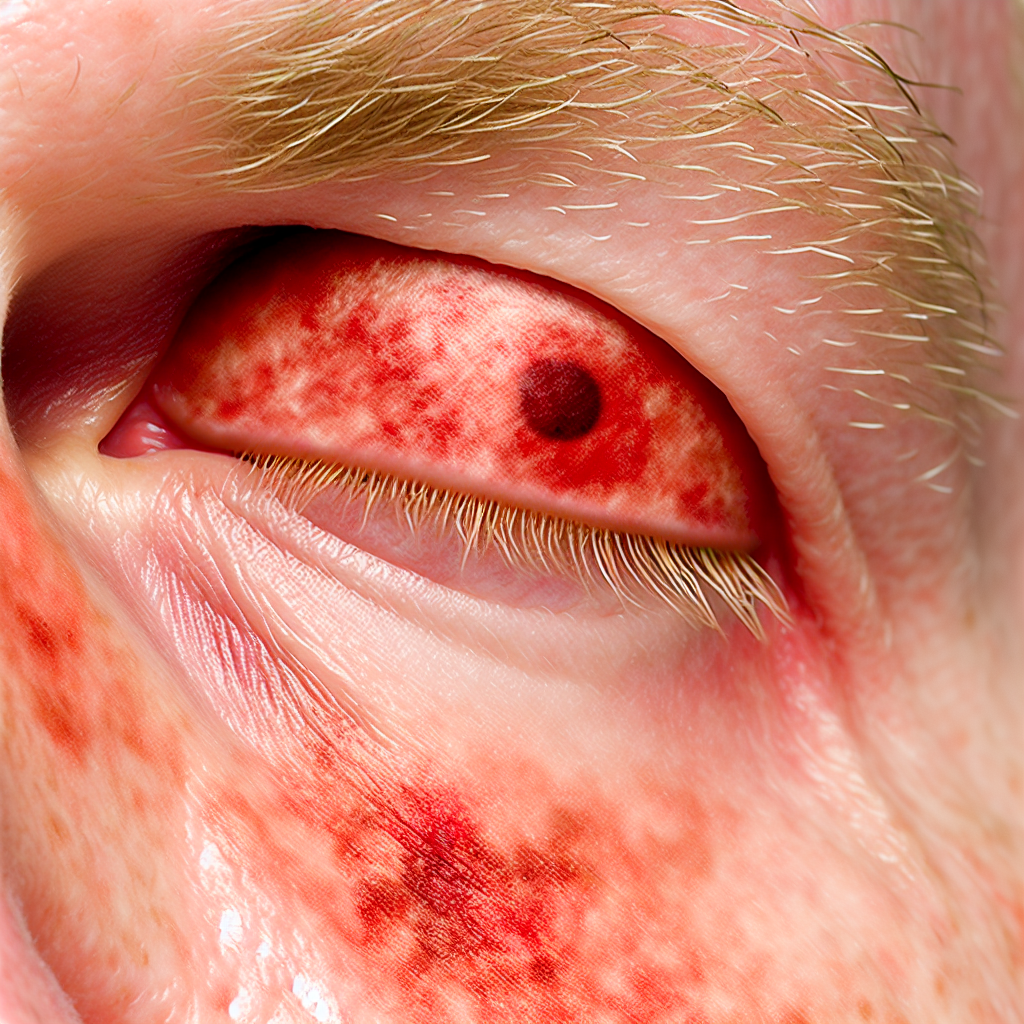
Blepharitis is a chronic eye condition that causes inflammation of the eyelids. It affects people of all ages and can be quite uncomfortable. The condition can lead to redness, itching, and irritation of the eyelids, as well as a burning sensation in the eyes.
There are several different causes of blepharitis, including bacterial infections, allergies, and skin conditions. In some cases, the condition may also be caused by a malfunction of the oil glands in the eyelids. This can lead to a buildup of oil and debris in the eyelids, which can cause inflammation and irritation.
The symptoms of blepharitis can vary depending on the severity of the condition. Some people may only experience mild redness and itching, while others may experience more severe symptoms, such as crusty eyelids, blurry vision, and sensitivity to light.
If you are experiencing symptoms of blepharitis, it is important to seek eye care from a healthcare professional. They can help diagnose the condition and provide treatment options that may include cleansing the eyelids, using warm compresses, or using prescription medications.
Overall, blepharitis is a chronic eye condition that can be uncomfortable, but it can be effectively managed with proper eye care and treatment. If you are experiencing symptoms of eyelid inflammation, it is important to seek care from a healthcare professional to determine the underlying cause and develop an appropriate treatment plan.
2. Chronic Eye Condition: How Blepharitis Affects Your Eye Care Routine
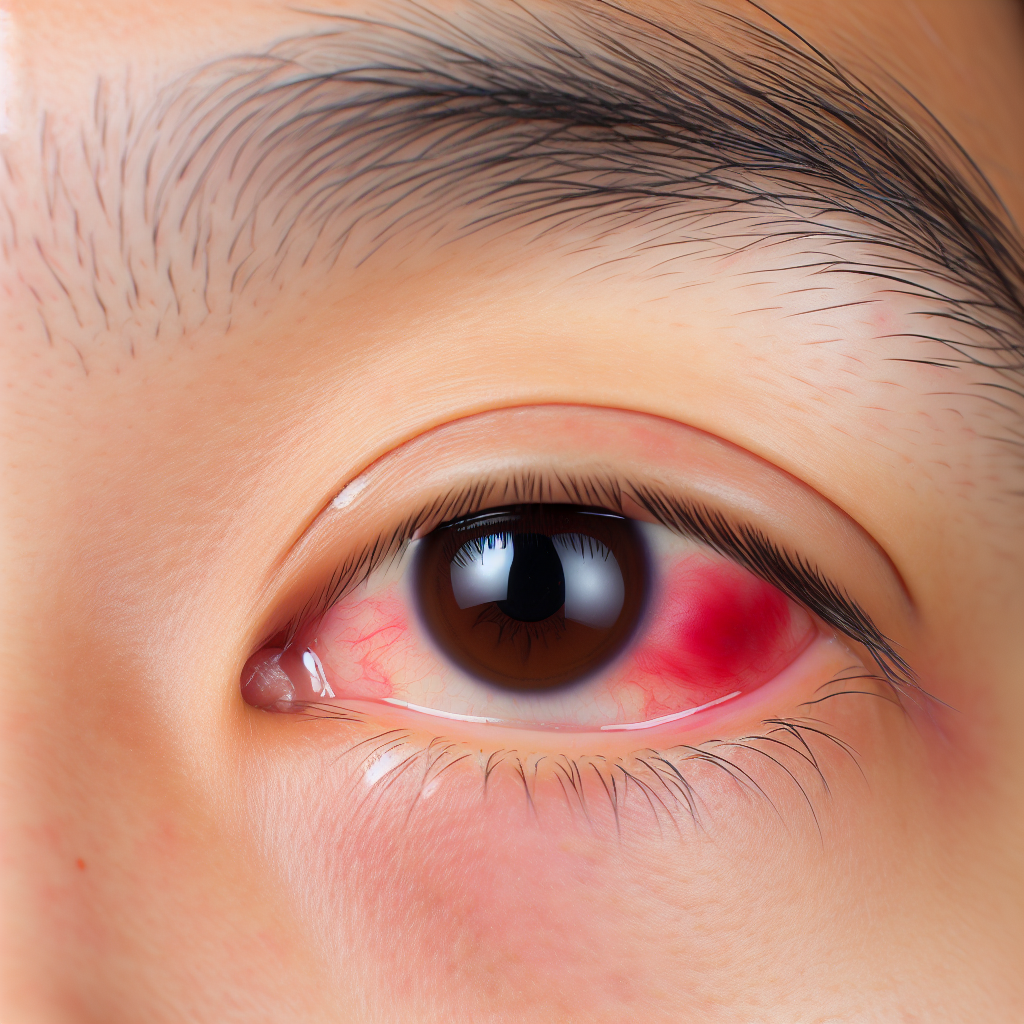
Blepharitis is a chronic eye condition that causes inflammation of the eyelids. It is a common condition that affects people of all ages and can lead to discomfort and irritation. Blepharitis can be caused by a variety of factors, including bacterial or fungal infections, allergies, or skin conditions such as rosacea.
If left untreated, blepharitis can affect your eye care routine by causing long-term damage to your eyes. The inflammation can cause the eyelids to become red, swollen, and itchy, which can lead to the formation of crusty or greasy scales along the base of the eyelashes. These scales can harbor bacteria and cause an infection known as conjunctivitis or pink eye.
In addition to the physical discomfort, blepharitis can also affect your vision. The inflammation can cause your eyelids to become so swollen that they block your vision, making it difficult to see clearly. The condition can also cause your eyes to become dry and irritated, which can lead to a condition known as dry eye syndrome.
To manage blepharitis, it is important to maintain a regular eye care routine. This may include using warm compresses to soften the scales, cleaning the eyelids with a gentle cleanser, and using artificial tears to keep the eyes moist. In more severe cases, your eye doctor may prescribe medication to help alleviate the inflammation and prevent further damage.
In conclusion, blepharitis is a chronic eye condition that can affect your eye care routine if left untreated. Symptoms include inflammation of the eyelids, redness, itching, and the formation of scales. If you suspect you have blepharitis, it is important to seek treatment from your eye doctor to prevent long-term damage to your eyes.
3. The Different Types of Blepharitis: How to Diagnose and Treat Them
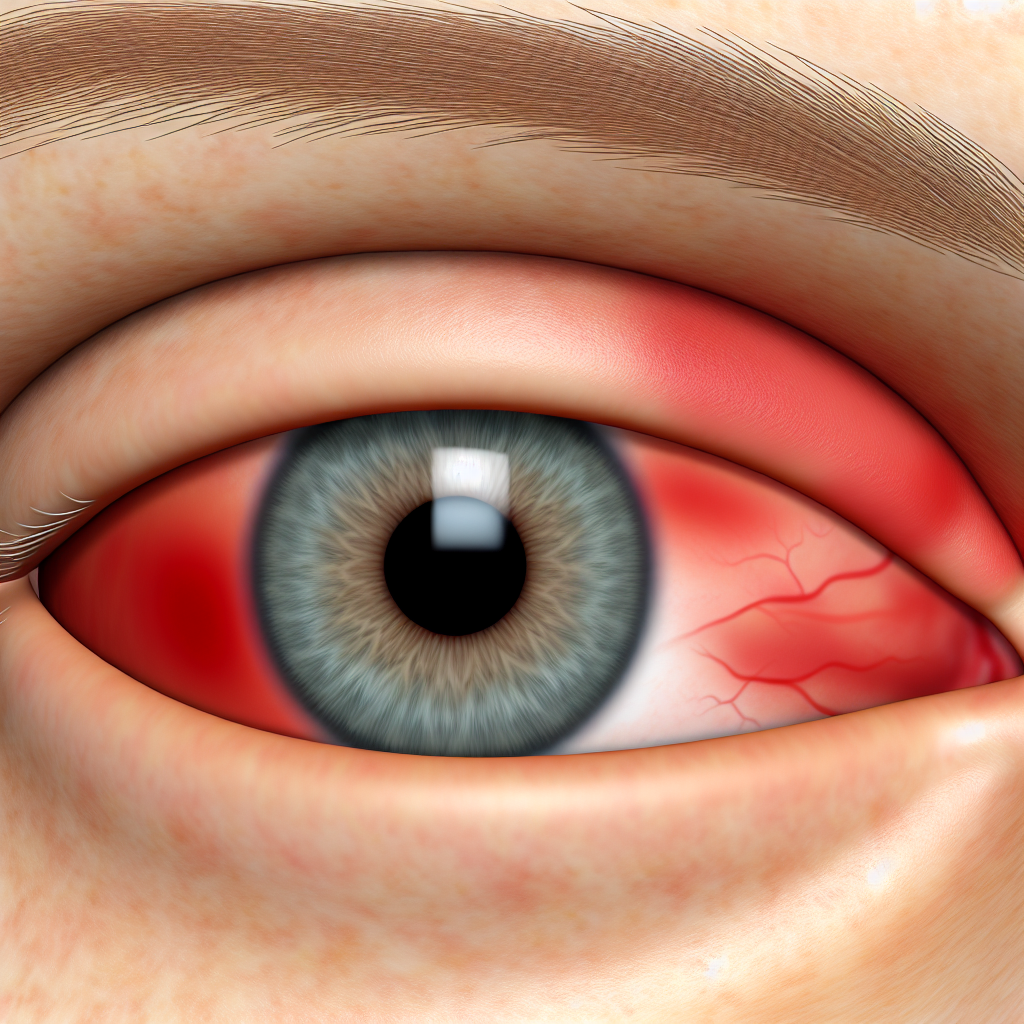
Blepharitis is a chronic eye condition that causes inflammation of the eyelids. There are different types of blepharitis, each with its own set of symptoms, causes, and treatments. In this section, we will discuss the different types of blepharitis and how to diagnose and treat them.
1. Anterior Blepharitis:
Anterior blepharitis affects the front part of the eyelid, where the eyelashes grow. It is typically caused by bacterial infections or seborrheic dermatitis. The symptoms of anterior blepharitis include redness, swelling, and crusting of the eyelids, as well as itching and burning sensations. To diagnose anterior blepharitis, an eye doctor may perform a physical examination of the eyelids and take a culture of the eyelid margin. Treatment includes warm compresses, eyelid scrubs, and antibiotics.
2. Posterior Blepharitis:
Posterior blepharitis affects the back part of the eyelid, where the oil glands are located. It is often associated with meibomian gland dysfunction, which can cause the oil glands to become blocked and inflamed. The symptoms of posterior blepharitis include blurry vision, sensitivity to light, and dry eyes. To diagnose posterior blepharitis, an eye doctor may perform a physical examination of the eyelids and meibomian glands. Treatment includes warm compresses, eyelid massages, and artificial tears.
3. Mixed Blepharitis:
Mixed blepharitis is a combination of anterior and posterior blepharitis. The symptoms of mixed blepharitis are similar to those of anterior and posterior blepharitis, including redness, swelling, and crusting of the eyelids, as well as blurry vision and dry eyes. To diagnose mixed blepharitis, an eye doctor may perform a physical examination of the eyelids, meibomian glands, and tear film. Treatment includes a combination of warm compresses, eyelid scrubs, eyelid massages, antibiotics, and artificial tears.
In conclusion, blepharitis is a common and chronic eye condition that can be caused by different factors. To properly diagnose and treat blepharitis, it is important to identify the type of blepharitis and its underlying causes. Effective treatment options include warm compresses, eyelid scrubs, antibiotics, and artificial tears, among others. If you are experiencing symptoms of blepharitis, seek the advice of an eye care professional to help manage your condition.
4. Preventing Blepharitis: Effective Home Remedies and Lifestyle Changes
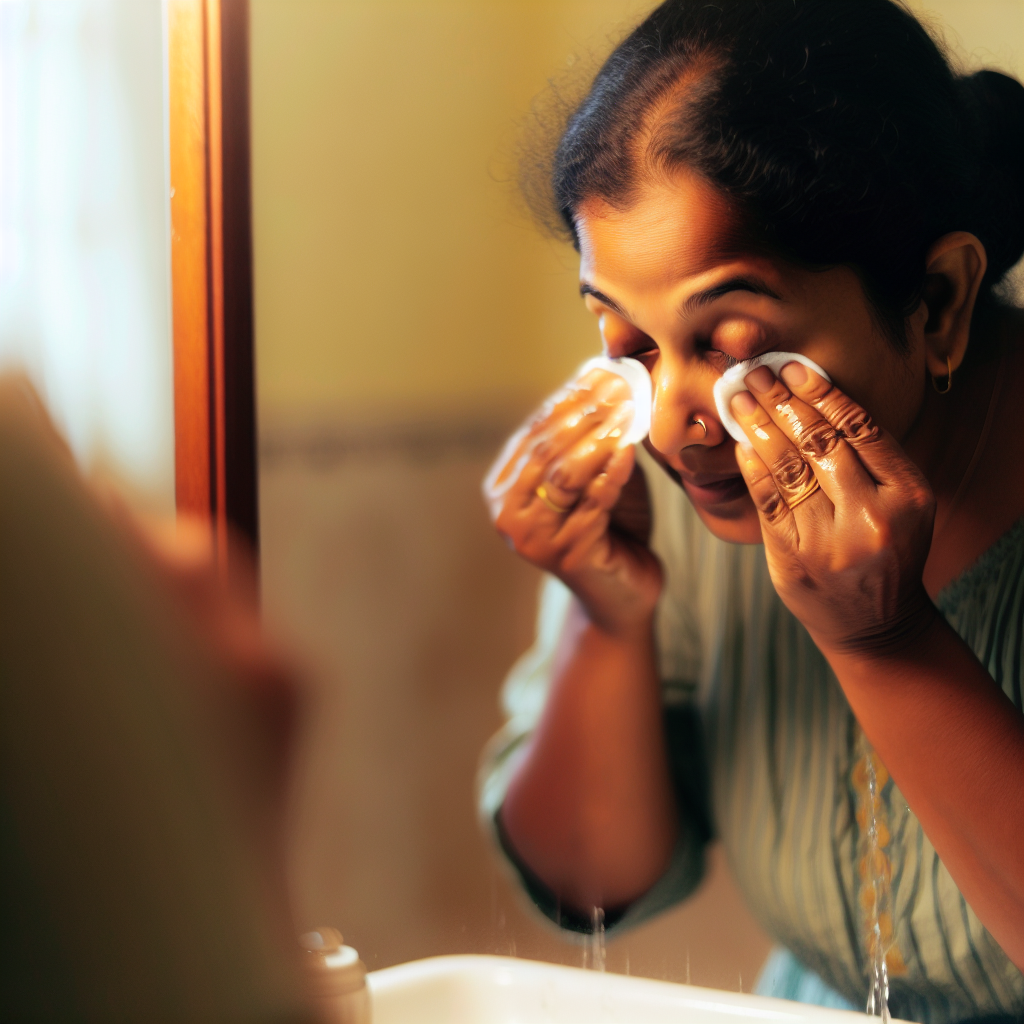
Preventing Blepharitis: Effective Home Remedies and Lifestyle Changes
Preventing blepharitis, or eyelid inflammation, is vital to maintaining eye health and avoiding this chronic eye condition. Fortunately, there are several effective home remedies and lifestyle changes that can help prevent blepharitis.
1. Keep Your Eyelids Clean
One of the best ways to prevent blepharitis is to keep your eyelids clean. This can be done by gently washing your eyelids each day with a mild soap or baby shampoo. Be sure to use a clean washcloth or cotton swab to avoid spreading bacteria.
2. Use Warm Compresses
Applying warm compresses to your eyelids can help relieve the symptoms of blepharitis and prevent further inflammation. Simply soak a clean washcloth in warm water and place it over your closed eyes for 5 to 10 minutes. Repeat this process 2-3 times a day.
3. Avoid Eye Makeup
Eye makeup can trap bacteria and irritants, leading to blepharitis. If you have blepharitis or are prone to getting it, consider avoiding eye makeup altogether. If you must use makeup, be sure to remove it thoroughly each night.
4. Maintain a Healthy Lifestyle
A healthy lifestyle can help prevent blepharitis. Eating a well-balanced diet, exercising regularly, and getting enough sleep can boost your immune system and keep your eyes healthy.
By following these simple home remedies and lifestyle changes, you can help prevent blepharitis and maintain good eye care. If you are experiencing symptoms of blepharitis, be sure to consult with your eye doctor for proper diagnosis and treatment.
5. When to Seek Medical Attention for Blepharitis: Complications and Treatment Options
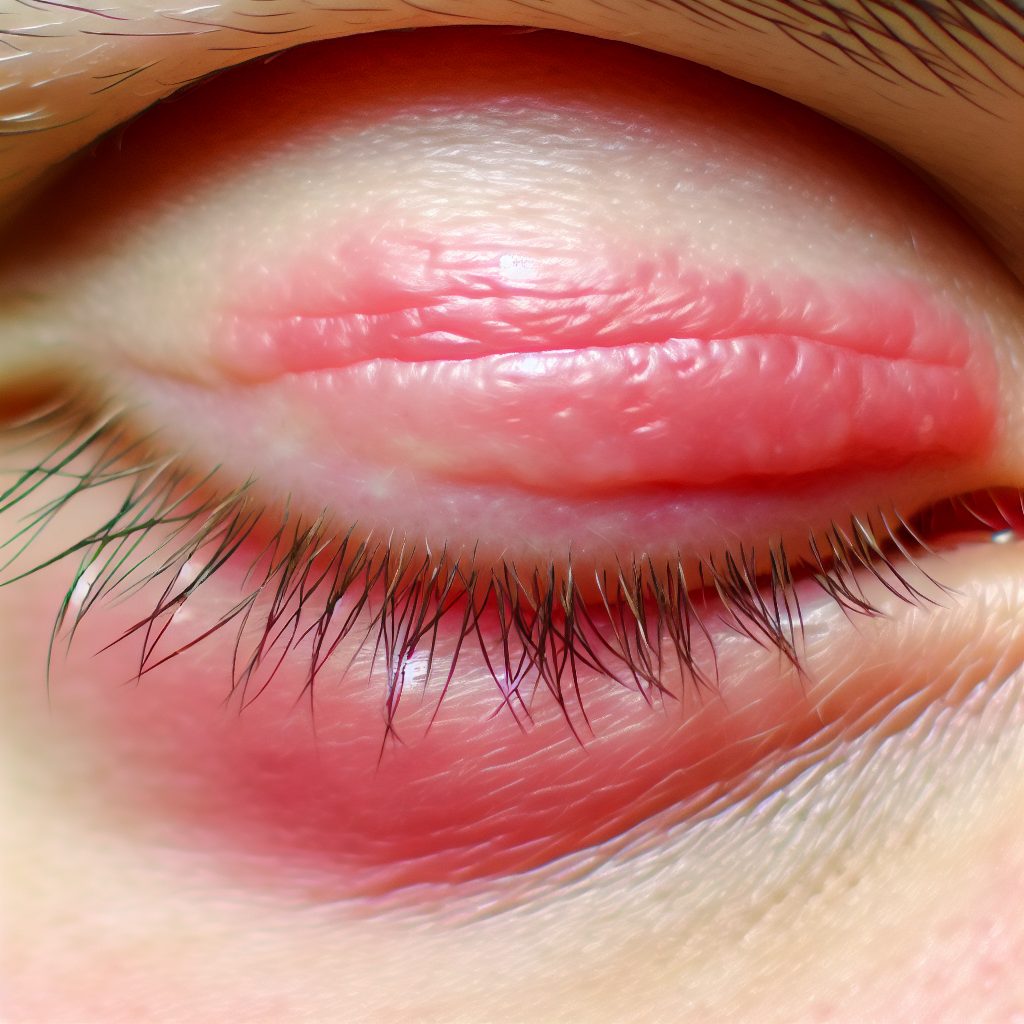
Blepharitis is a chronic eye condition that causes inflammation of the eyelids. While it can be uncomfortable and unsightly, most cases of blepharitis can be managed with proper eye care at home. However, in some cases, it may be necessary to seek medical attention to prevent complications.
Complications of Blepharitis can include:
1. Eye infections – If left untreated, blepharitis can lead to infections in the eyes, such as conjunctivitis or keratitis.
2. Eyelash loss – Chronic inflammation of the eyelids can cause eyelash loss or misdirection, which can cause further irritation.
3. Corneal damage – In severe cases, blepharitis can lead to corneal damage, which can cause vision problems.
If you experience any of the above complications, it is essential to seek medical attention promptly. Your doctor may prescribe antibiotics or other medications to manage the condition and prevent further damage.
Treatment options for Blepharitis can include:
1. Warm compresses – Applying a warm compress to your eyelids can help soothe inflammation and unclog blocked oil glands.
2. Eyelid hygiene – Keeping your eyelids clean and free of debris can help prevent further inflammation. Your doctor may recommend special eyelid cleansers.
3. Medications – Depending on the severity of your condition, your doctor may prescribe antibiotics or other medications to manage symptoms.
In conclusion, if you experience any complications or have severe symptoms of blepharitis, it is important to seek medical attention promptly. With proper care and treatment, most cases of blepharitis can be managed effectively, and you can enjoy healthy, comfortable eyes.
In conclusion, blepharitis is a chronic eye condition that can cause discomfort, irritation, and inflammation of the eyelids. It can have various causes and symptoms, and its treatment depends on the type of blepharitis. However, with proper eye care and lifestyle changes, it is possible to prevent and manage this condition. If you experience persistent symptoms or complications, it is important to seek medical attention. By taking care of your eyes and being aware of the signs of blepharitis, you can maintain good eye health and quality of life.
